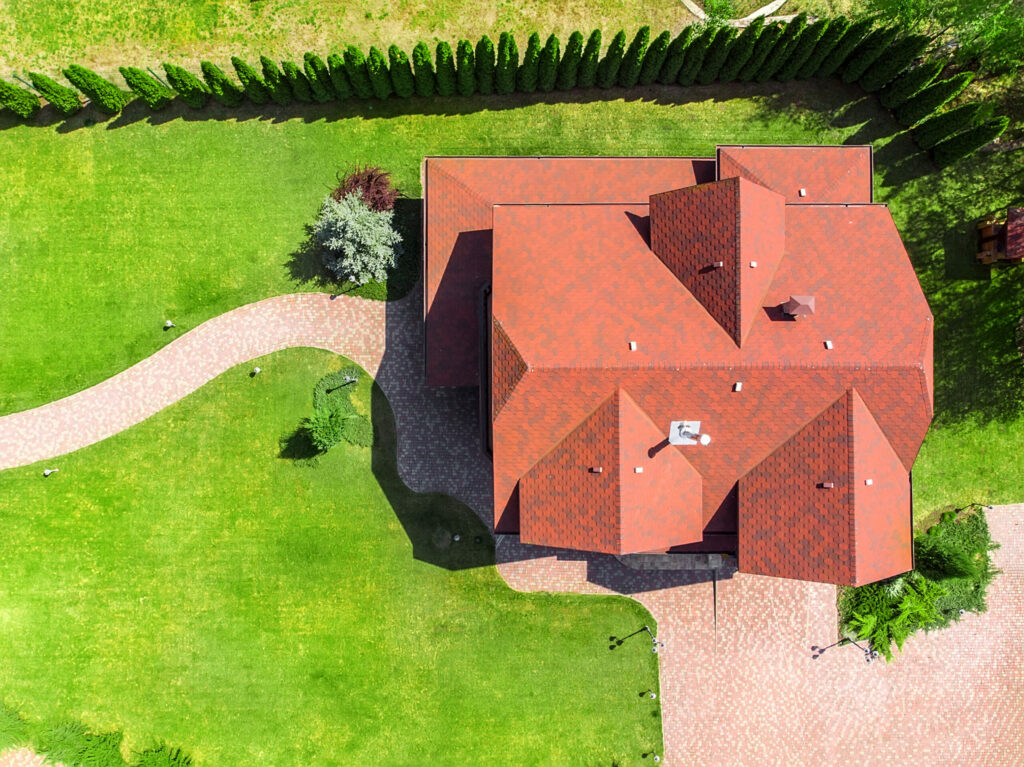
ROOF WARRANTY HELP GUIDE
Your roof is leaking, and you’ve set up a few estimates with some local contractors. Most reputable companies will offer their own craftsmanship warranty that ranges from 2-5 years from the installation date. Shingle manufacturers are boasting product warranties anywhere from 25-50 years. What happens once the initial 5-year craftsmanship warranty by the installer has expired and you suddenly experience a problem with your roof?
IS YOUR ROOF INSTALLER CERTIFIED?
The first thing you need to find out is if your roofing company of choice is certified by the manufacturer to install the shingles according to their specifications. While almost all shingle manufacturers do offer a lengthy warranty, they do not honour them unless they can ensure the product was installed correctly.
Different roofing products = different warranties.
Rydel Roofing offers roofing products manufactured by several different companies, and each of these companies offers a warranty. There are different warranties for the asphalt shingle, as well as the vents, or the skylights to be installed.
Roofing product manufacturers use impressive, broad, long term warranties to persuade the homeowner that their product is superior and will outlive their competition. It’s important to understand some of the key-words included in these warranties. We don’t want you to get blindsided by a warranty that sounds too good to be true. Even companies who sell multi-decade warranties or lifetime guarantees don’t expect your roof to last longer than 25 years or so.
Is my roof warranty transferable?
If you are unsure that you will be residing in the same home for 25+ years, you will want to make sure the warranty is easily transferable in the event of the sale of your home. Please note that some warranties have a very strict time frame to be notified of a transfer, may require a small fee for processing, or may only be transferred once in the lifetime of the shingles.
It is also important to look at what company is responsible for the warranty. Some manufacturers use a different company, at times even outside of North America to hold and process their warranties. This can cause delays and other communication problems if you ever need to contact the warranty holder.
My roof is leaking – Is it a defect in the material, or my roofer’s error?
Most shingle warranties will only pay if the homeowner can show a manufacturer’s defect in the product. It is important to note that in our experience with modern fibreglass shingles, most roofs fail within their warranty period due to improper installation practices, not a manufacturer’s defect.
Even if you are one of the rare homeowners that are experiencing a true defective shingle, receiving compensation for a portion of your shingles won’t take the edge off the cost of repairing your roof. Typically, labour. Many warranties include materials and labour for a set number of years at the beginning of the warranty.
HOW DO I INITIATE A ROOFING WARRANTY CLAIM?
Warranty claims are processed in a very similar way, regardless of the manufacturer. The first step is to contact the company that holds your warranty and request a “claim kit”. This kit will give you instructions on what needs to be sent back to the manufacturer for processing. Some of these requirements will be:
- Proof of purchase
- List of various photos that need to be taken of your roof/home
- Sample of shingles from your roof
These items will provide the manufacturer with details about the age of your roof, the shingle used, and who installed your roof (was the installer certified by the manufacturer to install the shingle). They will also be able to grasp if your shingle is failing due to inadequate roof ventilation, or if the nailing pattern used by the installer was incorrect, among other things.
Rydel Roofing offers a roof inspection to help with the collection of materials needed for the warranty claim. For a pre-determined fee, we will come to your home, assess your concerns, make a minor repair if needed (includes up to one bundle of shingles and necessary caulking) as well as collect a sample of shingles and take any pictures that are required.
Once a homeowner sends this package to be processed by the warranty holder, they can often expect to wait. While some claims are processed quickly, others can take weeks and sometimes months. In our climate, spring often brings an increase in warranty claims (as this is the time many people notice new leaks in their roof) or an influx in claims due to a large storm can delay the processing of your claim.
You will hear back in writing from the warranty holder, who will then advise you of their settlement. To avoid any surprises, we’ll look at some keywords in your warranty.
What does pro-rated mean?
If my shingles have a 50-year warranty, and the first 10 years are covered for manufacturer defects and labour, and the following 40 years are pro-rated – what can I expect from a warranty claim once my shingles are 20 years old?
Most shingle manufacturers now offer around 10 years of full protection – including labour! However, once that 10 years is over, labour costs are generally no longer covered (assuming they were covered at all). It may also be important to note if tear-off and disposal of waste is included with the labour costs. Some homeowners may be kept responsible to pay for the removal and disposal of the defective shingle, even after the warranty covers the replacement of the defective shingles.
After your shingles’ 10-year anniversary, the warranty coverage often decreases significantly and will continue to decrease for the length of the warranty. Let us assume that your home required 80 bundles of shingles to be installed.
If all the shingles were defective at their 14-year anniversary, a warranty might compensate you with a voucher for 70 bundles of shingles (out of the 80 bundles required) to help with the replacement of your roof. You would be responsible to pay for the labour, removal and disposal of existing shingles, and the cost of the additional 10 bundles required to complete your new roof.
If the shingles were defective at their 30-year anniversary, a warranty may only compensate you with a voucher for 30 bundles of shingles. You would still be responsible to pay for all the same extras as above. These examples are not exact figures and do not exactly reflect any of the shingles we install. These examples are intended for you to review the warranty policies presented to you to help you make an informed decision based on your needs and peace of mind.
As we have already explained, it is rare for a shingle to be defective. If a shingle is found to be defective, it would likely happen within the first 10 years of its lifetime. If you are an overly cautious person, some manufacturers offer an option to purchase an extended warranty that could extend the period of 100% material and labour coverage for a fee. These extended warranties can only be offered by installers who are certified and in good standing with the manufacturer.
If you are looking to begin a new warranty claim, regardless of the manufacturer, contact Rydel Roofing. We will guide you through the warranty claim process each step of the way. You will also benefit from added peace of mind knowing that you will also be receiving a 10-year craftsmanship warranty with Rydel Roofing once your new roof is installed – that’s more than double the industry’s standard!

















